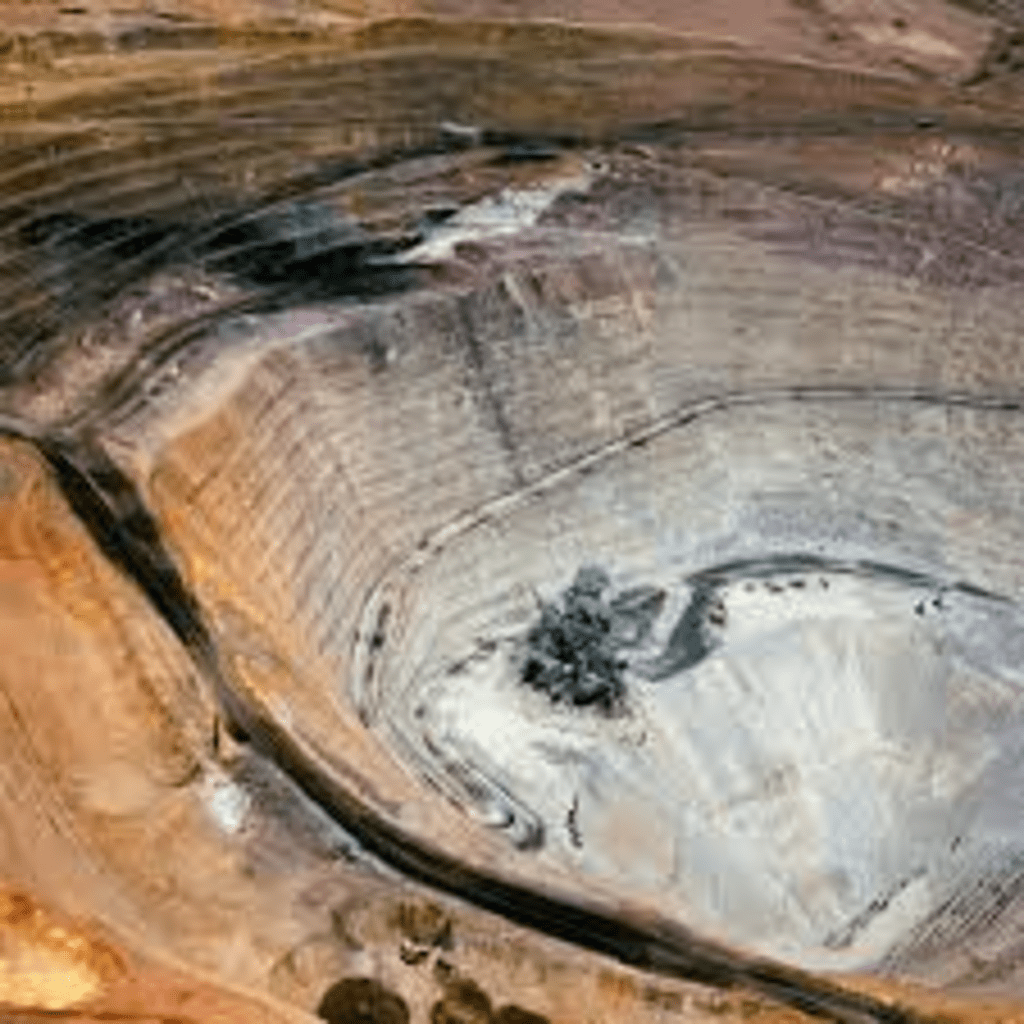
Lithium is an abundant mineral in the earth. However, about 150 TWh of it are needed for a sustainable energy future. How can this be achieved?
Lithium-ion batteries have become an integral part of our lives, powering everything from our smartphones to electric vehicles. As the world shifts towards clean energy and electrification, the demand for lithium-ion batteries is expected to surge.
According to a report by the International Energy Agency, the world will need 150 TWh of battery storage capacity by 2040 to meet its climate goals. This begs the question: how much lithium is available on Earth to meet this demand?
Lithium Reserves
Lithium is a naturally occurring element found in trace amounts in the Earth's crust. According to the United States Geological Survey (USGS), the world's total lithium reserves are estimated to be around 79 million metric tons (MT). However, only a small fraction of this amount is economically recoverable.
The majority of the world's lithium reserves are concentrated in a few countries, including Chile, Australia, Argentina, and China.

Lithium Production
The process of extracting lithium from the Earth's crust is complex and involves several steps, including drilling, blasting, and pumping brine from underground reservoirs. The extracted brine is then processed to remove impurities, after which lithium is extracted using chemical processes.
Another method of extracting lithium is from hard rock deposits, which involves mining and processing of ores containing lithium. The lithium is then extracted using chemical processes.

Current Lithium Demand
The demand for lithium has been increasing rapidly over the past decade due to the growing popularity of electric vehicles (EVs) and renewable energy storage systems. According to a report by BloombergNEF, the global lithium demand is expected to triple by 2025 and could reach up to 1.8 million MT by 2030.
This level of demand is equivalent to approximately 135 TWh of battery storage capacity.

Availability of Lithium
While the demand for lithium is expected to surge, the availability of the element is limited. According to a report by the USGS, the global lithium production in 2020 was approximately 77,000 MT. At this rate of production, the world's lithium reserves would last for approximately 1,000 years. However, this assumes that the current level of production remains constant, which is unlikely given the expected surge in demand.
The USGS report also states that the lithium reserves are concentrated in a few countries, with approximately 70% of the world's lithium reserves located in Chile and Argentina alone. This concentration of reserves raises concerns about supply chain risks and geopolitical tensions.
Alternative Battery Technologies
Given the limited availability of lithium, researchers are exploring alternative battery technologies that do not rely on lithium. These include sodium-ion, magnesium-ion, and zinc-air batteries, among others. However, these technologies are still in the early stages of development and are not yet commercially viable.
The availability of lithium to meet the growing demand for batteries is a cause for concern. While the world's lithium reserves may last for several decades, the concentration of reserves in a few countries and the expected surge in demand raise concerns about supply chain risks and geopolitical tensions.

Alternative battery technologies may provide a solution to this problem, but more research and development is needed to make them commercially viable. It is important to continue exploring alternative battery technologies to ensure a sustainable and secure supply of energy storage solutions for the future.
I think Lithium is the #1 factor in the world transitioning to sustainable energy. Perhaps a new discovery will change this, but right now, this is the way things are.
Online writer since 2008. I enjoy writing and have written nearly a thousand tech related articles about electric vehicles, software, tech companies, hardware, gaming, tech related products, and company developments in tech.
